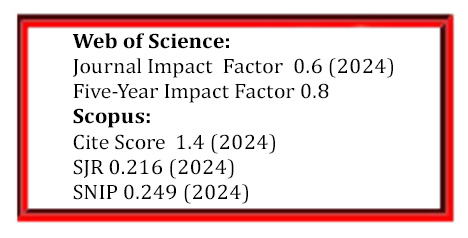MCrAlY Coating for High Temperature Oxidation Resistance of Engine Blade
DOI:
https://doi.org/10.5755/j02.ms.41360Keywords:
engine blade, coating, high temperature oxidation, GH4133Abstract
Engines have always been an important part of the development of the industrial field. With the continuous innovation of technology the requirements for the use of engines have become more stringent. In the current actual work of the engine, the import temperature has approached a thousand degrees, which makes the engine blades produce-temperature oxidation phenomenon under such harsh conditions, thus reducing their service performance. In order to improve the service life of engine blades under the current working environment, the technology MCrAlY coating with high-temperature oxidation resistance has become a hot spot for research at home and abroad, the arc ion plating coating preparation process has developed unprecedentedly and gradually become mature. Using GH4133 nickel-based high-temperature alloy material as the matrix, NiCrAlYSi coating was prepared and covered on its surface by using arc ion plating technology, and its thermal treatment was performed, and the anti-high-temperature oxidation performance of the coating was tested under a high-temperature environment, and the oxidation test was carried out for 192 hours continuously under a constant temperature of 1000℃, and the microstructure of the coating and the physical process of high-temperature oxidation were analyzed. The experiment shows: 1) the NiCrAlSi coating is smooth and flat, the cross section is clear and dense, there is no small hole defect, the coating is closely combined with the matrix; 2) after the thermal treatment, the surface particles of the NiCrAlYSi coating are more closely arranged, and the coating the matrix material become blurred due to mutual diffusion, but no obvious mutual diffusion layer is formed, through the analysis of XRD pattern, the NiCrAlYSi coating will significantly its anti-high temperature oxidation performance after the thermal treatment; 3) during the anti-high temperature oxidation process of the NiCrAlYSi coating, no peeling and holes appeared on the surface of the coating within 200 h, and the diffusion of elements occurred between the coating and the matrix, and then, the peeling holes gradually appeared on the surface of the coating, but due to the diffusion of elements, it made the coating matrix can still re-form the oxide protective layer, which prolonged the life of the high-temperature alloy.
Downloads
Published
Issue
Section
License
The copyrights for articles in this journal are retained by the author(s), with first publication rights granted to the journal. By virtue of their appearance in this open-access journal, articles are free to use with proper attribution in educational and other non-commercial settings.



